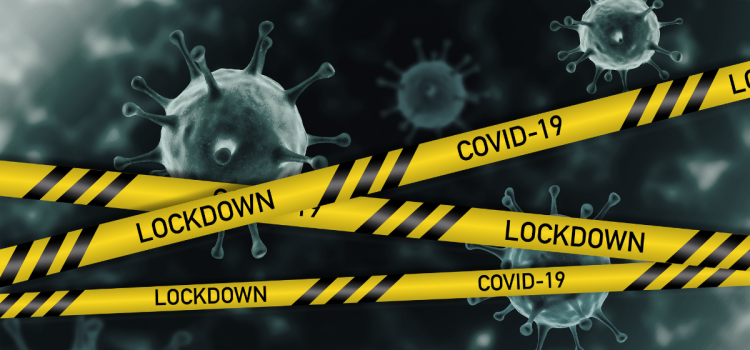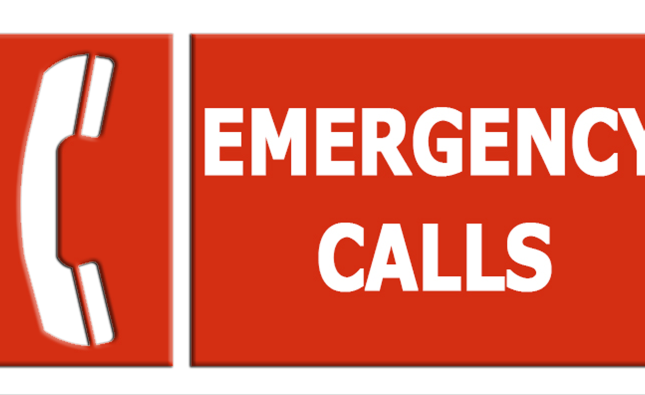
Introduction
Long COVID affects millions of people worldwide. Yet many still doubt its reality or think it is an excuse to avoid work or school. This Long COVID stigma hurts those struggling with real symptoms. In this article, we will break down why stigma exists, how it harms mental and physical health, and what we can do to support people with post-acute COVID syndrome. By understanding the science and listening to survivors, we can build a kinder, more informed community.
What Is Long COVID?
Long COVID, also called post-acute COVID syndrome, refers to symptoms that last weeks or months after the initial infection clears. While most people recover in two to four weeks, others report:
- Fatigue that does not improve with rest.
- Shortness of breath during simple tasks.
- Brain fog, making it hard to focus or remember things.
- Chest pain, heart palpitations, or headaches.
- Joint aches and muscle weakness.
These lasting effects can upend daily life. Many survivors describe feeling trapped in their bodies, unable to do the things they once took for granted.
Why Stigma Persists
Misunderstanding of Invisible Illnesses
Long COVID often lacks visible signs. A person may look healthy but struggle with internal symptoms. Our culture tends to value what we can see. When illness is invisible, people may:
- Question its seriousness.
- Assume it is “all in the head.”
- Blame the person for not pushing harder.
Early Mixed Messages
During the pandemic’s early days, experts focused on acute cases and hospitalizations. Because research on Long COVID took time, many health systems did not recognize it as a distinct condition. This delay in official acknowledgment fueled doubt.
Social Media and Misinformation
Online, anyone can share a strong opinion. Posts claiming that Long COVID is a hoax or a way to get more benefits can spread fast. Misinformation makes it harder for survivors to be heard and believed.
The Harmful Impact of Stigma
Mental Health Toll
Stigma can lead to shame, anxiety, and depression. People may feel:
- Guilty for “faking” symptoms.
- Isolated when friends or family withdraw.
- Fearful of losing jobs or benefits.
These pressures worsen existing symptoms and hinder recovery.
Barriers to Care
When stigma is strong, survivors may avoid seeking help. They might fear being labeled as complainers or malingerers. As a result:
- They delay medical check-ups.
- They receive less support from employers.
- They miss out on emerging treatments and therapies.
Strain on Relationships
Loved ones may grow impatient when they see no clear progress. This can lead to misunderstandings and conflict:
“My best friend stopped calling me because she thought I was exaggerating my fatigue,” shares a survivor.
Social support is vital to healing, and stigma breaks that support.
Science Behind Long COVID
Researchers are still uncovering the causes of post-acute COVID syndrome. Current theories include:
- Lingering Virus Fragments
Traces of the virus may remain in tissues, keeping the immune system active and causing chronic inflammation. - Autoimmune Response
In some cases, the immune system may mistakenly attack healthy cells. - Blood Vessel Damage
COVID-19 can harm small blood vessels, reducing oxygen flow to organs and tissues. - Nervous System Impact
The virus may affect nerves in the brain and body, leading to dizziness, brain fog, and pain.
Understanding these mechanisms helps validate the condition and guides treatment.
Breaking Down the Stigma
Listen and Believe
When someone shares Long COVID symptoms, start by listening without judgment. Simple phrases help:
- “I’m sorry you’re going through this.”
- “What can I do to help?”
- “I believe you.”
Validation builds trust and eases emotional pain.
Educate Yourself and Others
Learn basic facts about Long COVID. Share reliable resources:
- Centers for Disease Control and Prevention (CDC)
- World Health Organization (WHO)
- Peer-reviewed medical journals
Correct myths when you hear them. Knowledge spreads faster than rumors.
Advocate for Workplace Flexibility
Many employers now offer remote work or flexible hours. Survivors often benefit from:
- Reduced workload on bad days.
- Flexible deadlines for tasks.
- Short breaks to manage fatigue.
Advocacy groups can push for policies that protect employees with chronic conditions.
Supporting Those with Long COVID
Build a Strong Support Network
Friends and family can help by:
- Checking in regularly with calls or texts.
- Offering to run errands or prepare meals.
- Joining support groups, online or in person.
Connection reduces feelings of isolation and offers practical help.
Encourage Professional Help
Healthcare specialists in post-COVID clinics can design rehab plans. Therapies may include:
- Physical therapy to rebuild strength.
- Occupational therapy to adapt daily tasks.
- Mental health counseling for coping strategies.
Professional guidance speeds recovery and improves quality of life.
Promote Self-Care Practices
Survivors can try:
- Pacing: Balance activity with rest to avoid crashes.
- Healthy Sleep: Aim for consistent bed and wake times.
- Gentle Exercise: Low-impact moves like yoga or walking.
Self-care honors personal limits and helps the body heal.
The Role of Healthcare and Policy
Official Recognition
Many countries now recognize Long COVID as a disability. This opens doors to:
- Disability benefits.
- Workplace accommodations.
- Research funding.
Formal recognition helps fight stigma by treating Long COVID like other chronic illnesses.
Funding Research
Public and private funding for Long COVID studies is critical. More research leads to:
- Better treatments.
- Clearer diagnostic tests.
- Informed public health strategies.
As science advances, stigma fades.
Inclusive Healthcare Training
Medical schools and training programs should include Long COVID in their curricula. Doctors and nurses need:
- Awareness of common symptoms.
- Guidance on treatment plans.
- Tips on patient communication.
Educated clinicians create a more supportive care environment.
Moving Forward Together
Breaking down the stigma around Long COVID requires effort at every level:
- Individual: Listen, learn, and support.
- Community: Share accurate information and advocate for policies.
- Society: Fund research and include Long COVID in health education.
By joining forces, we can ensure survivors feel heard and receive the care they need.
Conclusion
Long COVID stigma adds extra pain to an already tough condition. By understanding post-acute COVID syndrome, listening without judgment, and sharing accurate information, we can replace doubt with empathy. Supportive workplaces, inclusive healthcare training, and research funding will help survivors rebuild their lives. Every small act—like believing a friend’s experience or making space for flexible hours—breaks down barriers. Together, we can create a community that honors real suffering and fosters healing. Let’s stand with those living with Long COVID and work toward a future where stigma has no place.










